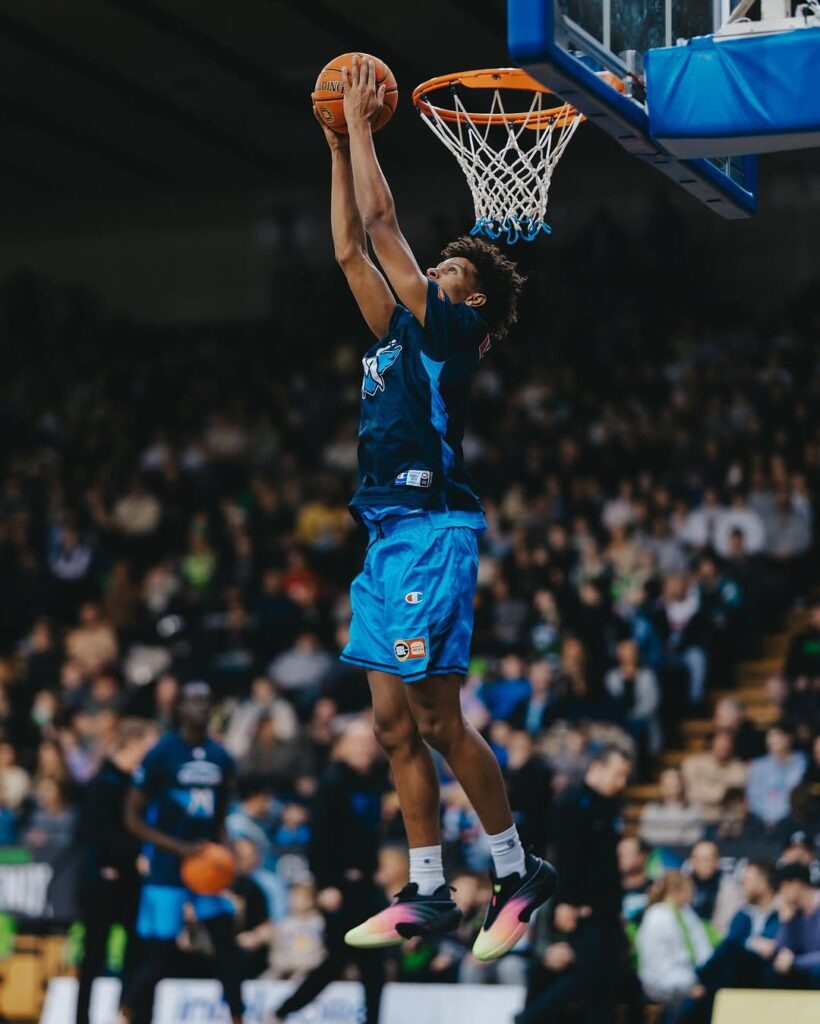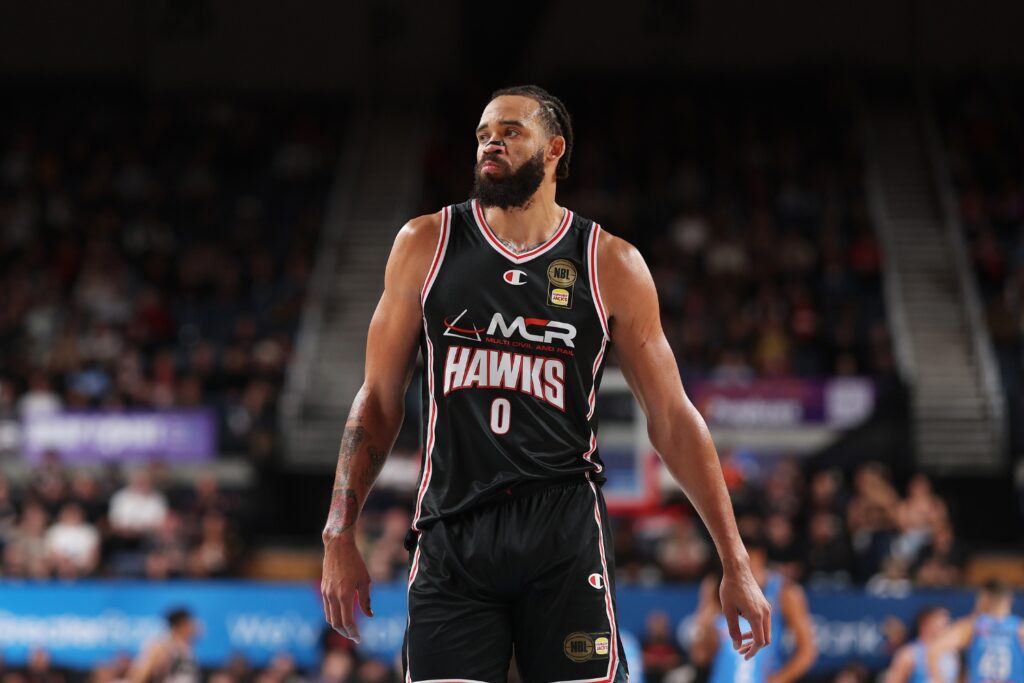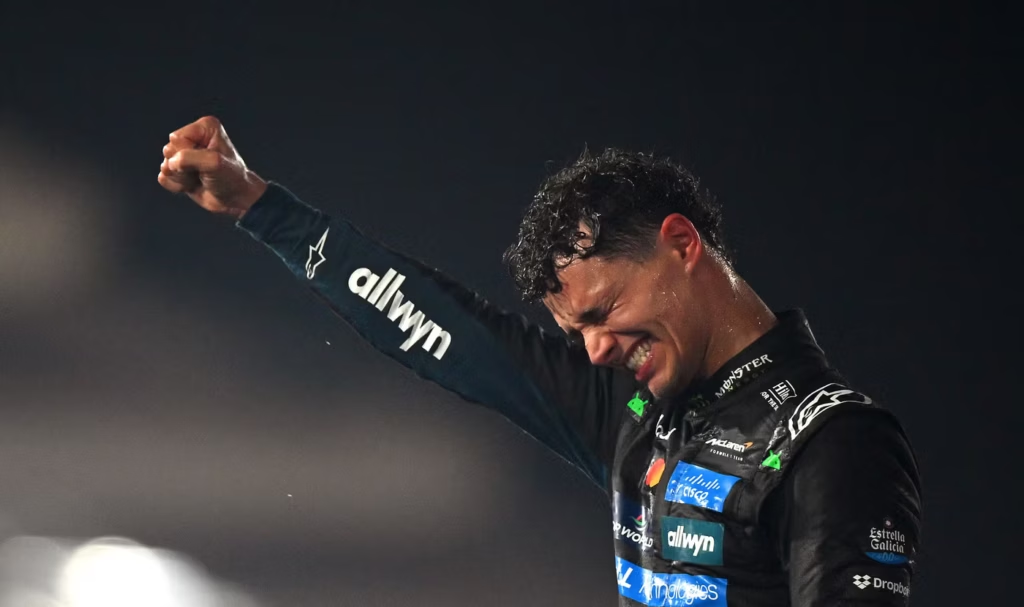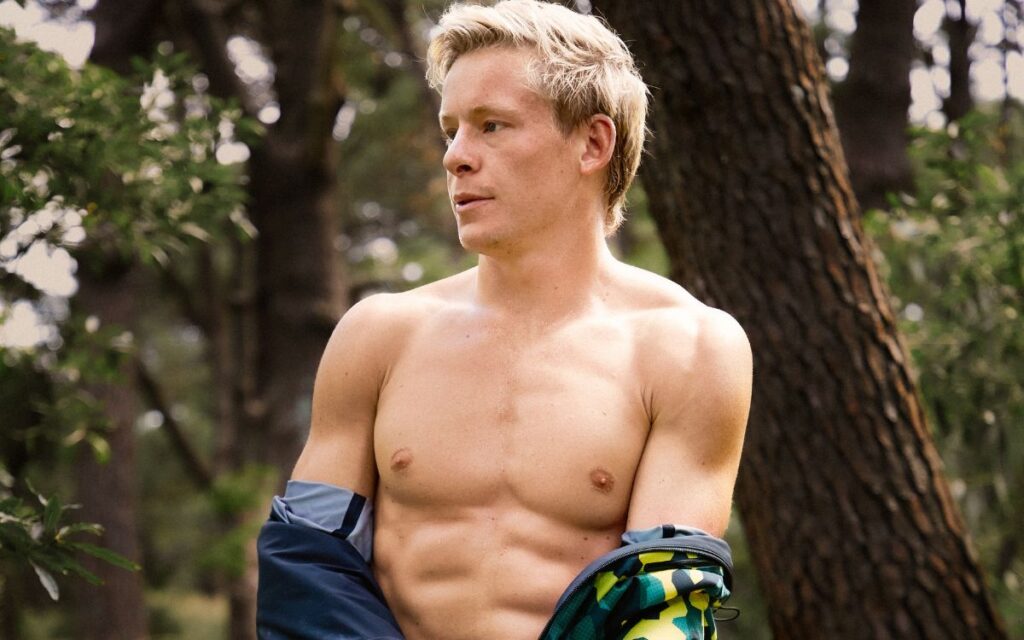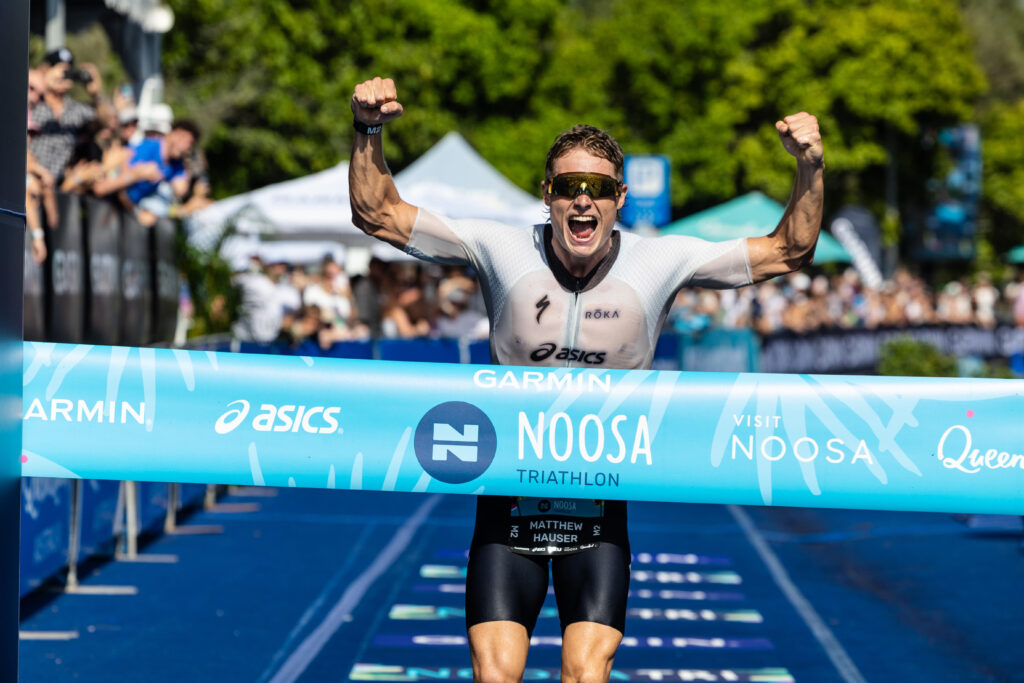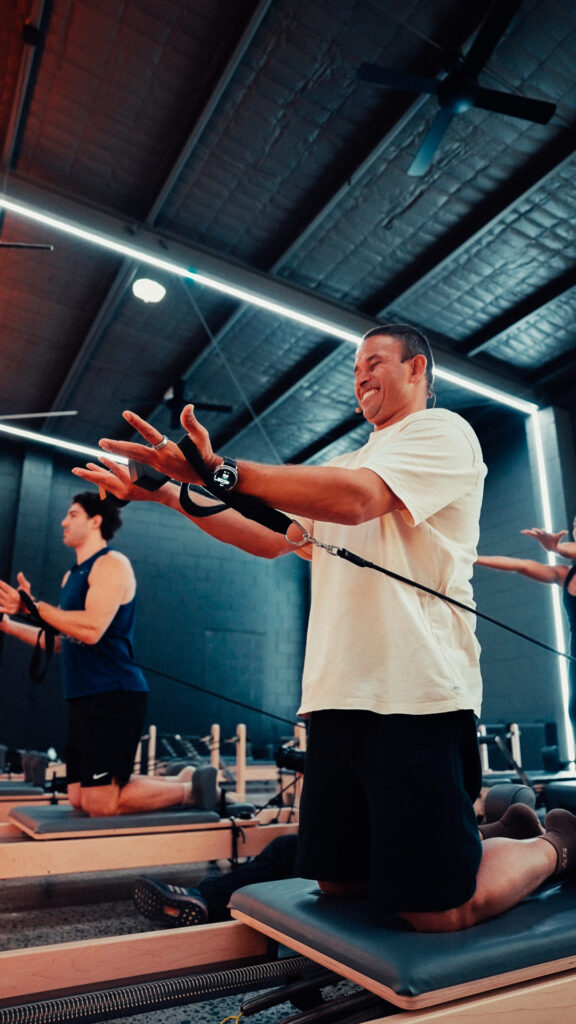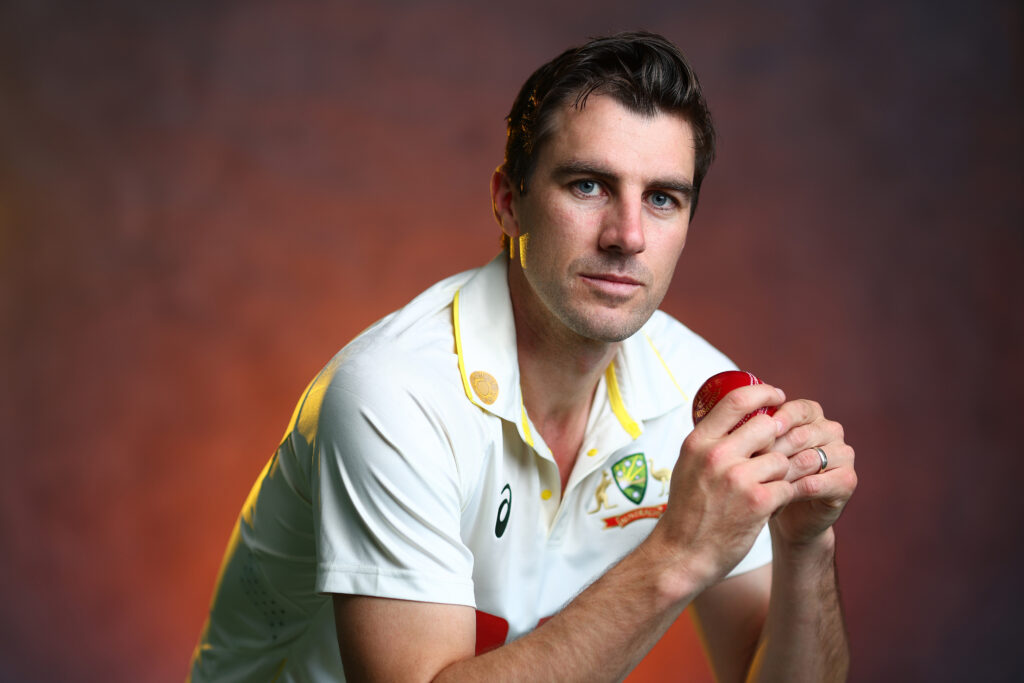It used to be the case that climbing was a relatively niche sport, an activity you tended to keep under wraps in the office and leave off your online dating profile. But ever since Alex Honnald awakened the world to the gruelling realities of climbing and the athleticism it requires, the sport has taken off. Now, it’s hard to walk down the street without hearing the raucous enthusiasm contained within a climbing gym, while every second guy on Tinder seems to be a climbing enthusiast, his profile basically just a barrage of images taken out in the mountains, sans shirt.
It was something to be celebrated then, that the International Olympic Committee announced in 2016 that climbing would be included as a medal sport in the 2020 Summer Olympics. Now, 20 men and 20 women from around the world will make their first ever Olympic appearance in the sport’s debut. So, to help you stay atop the competition, here’s what climbing’s Olympic debut means and how the competition will unfold.
How will the competition work?
Climbing will be done in two rounds for both men and women: a qualifiers and a final. On August 3, 20 men will compete in qualifiers which includes speed climbing, bouldering and lead climbing, with rest periods between disciplines. From that round, eight will then move on to the finals held on August 5. For the women, competition starts August 4 and will again see 20 athletes compete across the three disciplines performed in one day. The top eight will also proceed to the finals on August 6.
How do the three disciplines work?
In the sport of climbing, each of the three disciplines – speed climbing, bouldering, and lead climbing – are considered a separate event. A climber could compete in one, or choose to compete in all three, it just depends on their preference. Regardless, a winner is deemed for each category, with their performance in one discipline having no impact on how they then rank in another discipline.
Things won’t work quite like that for the Olympics, though. Instead, the Olympics is a combined format, taking the athlete’s cumulative performance in all three disciplines. It’s something that was heavily criticised, as for most climbers being good at one discipline, doesn’t necessarily mean they do well in another. It’s like asking a marathon runner to also compete in the 100m. Taking the criticism on board, climbing has been confirmed for the 2024 Summer Olympics in Paris where two sets of medals will be awarded per gender: one for speed climbing and one for lead climbing/bouldering. But for Tokyo 2020, here’s how the combined disciplines works.
Speed climbing will be on a standardised 15m route the uses the same holds and layout every time, so climbers can practice year-round on the exact route they will be competing on. It’s done with a rope and the goal is to get from the bottom to the top as quickly as possible. For the Olympics, it will be done as a bracket-style tournament, with two climbers competing head-to-head to advance to the next round until a winner is determined. Interestingly, the Olympics have ruled that a false start (where an athlete leaves the ground before the start buzzer) will result in instant disqualification.
Bouldering will be on a 4.5m wall with a series of boulder problems, four in qualifiers and three in finals. Climbing without a rope, competitors will have four minutes to complete one problem, then get a short period of rest before moving on to the next problem. Given that they’ve never seen these problems before, athletes can make multiple attempts during the four-minute time limit. The holds, wall angle, and movements will be different for each boulder, drawing on technical sequences and gymnastics, with a parkour-style. Points are given for reaching the top of each boulder and matching the finish hold with both hands while maintaining control. If the climber is unable to reach the top, points are given for reaching the marked “zone” hold approximately halfway up.
Each climber’s score will read like this: 2T 2Z, meaning she reached two top holds and two zone holds. If there are ties after the scores are determined, the number of attempts for each top hold or number of attempts for each zone hold will be factored in, with the athlete who did fewer attempts getting the higher ranking.
Lead climbing takes place on a 15m wall with one unique route that the athletes have no prior knowledge of. Athletes get a six minute previous session, where they can see the route before competition starts. The lead discipline utilises a rope and requires the climber to figure out technical movement sequences and have the endurance to stay on the wall for longer periods of time. With a total of 40 to 60 holds, each hold is worth one point, and the climbers will only have one attempt. If they fall, their turn is over. The highest score will be ranked #1, second highest #2 and so on. A tie will be broken by giving the better ranking to the person who climbed the same hold faster.
How is a medal winner determined?
The combined format for the Olympics means each climber has to participate in all three disciplines at once. They will receive a ranking for each, then those will be multiple together to determine a final number. The lowest overall score will then win gold. For example, someone who places 1st in bouldering, 4th in lead, 18th in speed will receive a score of 1 x 4 x 18 = 72.
If all this has you wanting to give climbing a crack, check out our round-up of the best climbing gyms below.









